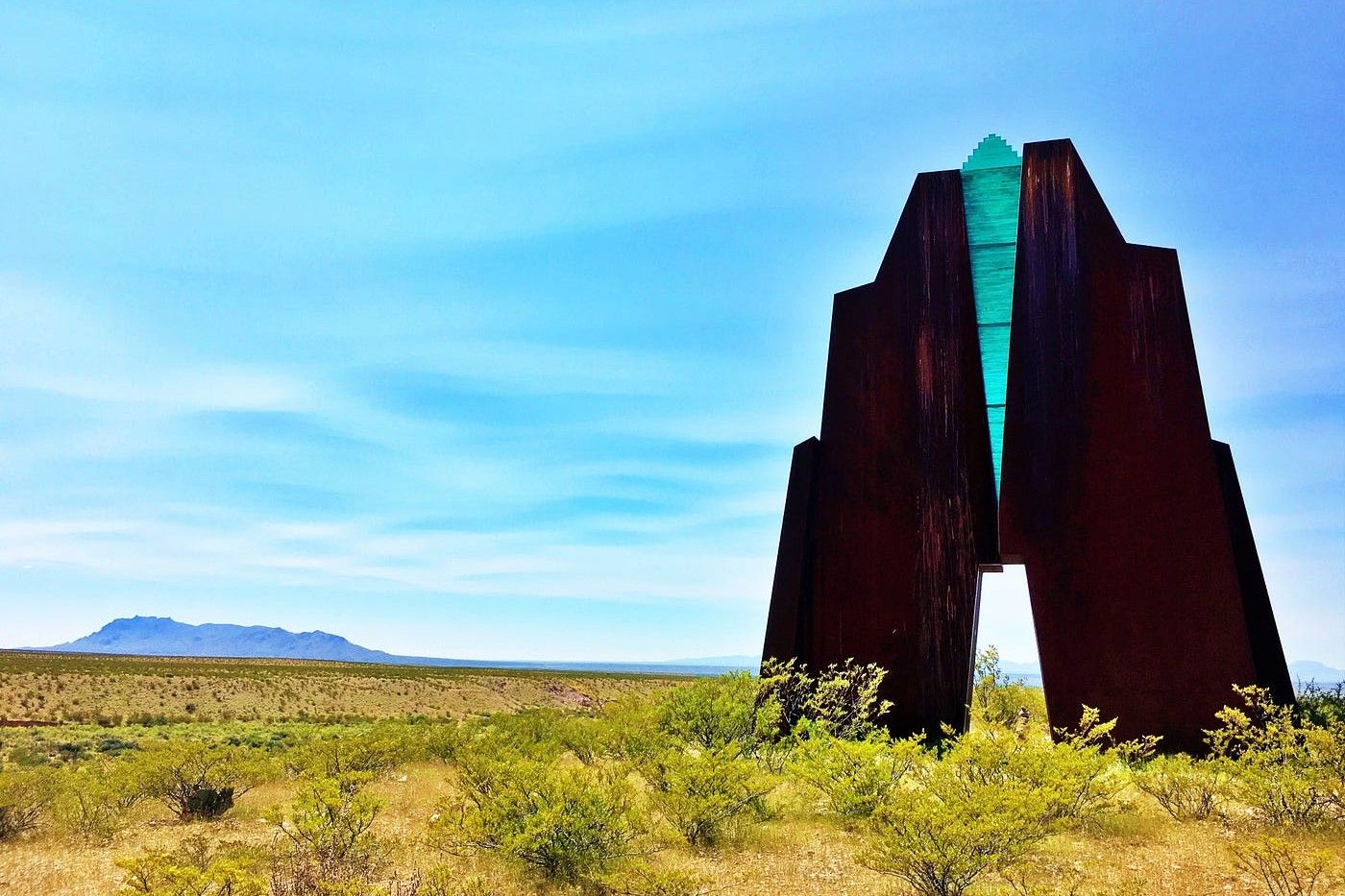Hidden Trading Routes Of New Mexico’s El Camino Real

Have you ever wondered about the hidden trading routes of New Mexico's El Camino Real? This ancient path, stretching from Mexico City to San Juan Pueblo, played a crucial role in shaping the region's history. Traders, settlers, and explorers used this route for centuries, bringing goods, culture, and ideas. Today, you can still trace their footsteps and uncover the stories etched into the landscape. From historic missions to scenic vistas, El Camino Real offers a unique glimpse into the past. Ready to learn more about this fascinating trail and its secrets? Let's dive into the rich history and hidden gems of New Mexico's most famous route.
Hidden Trading Routes of New Mexico's El Camino Real
El Camino Real, or the Royal Road, is a historic trail that stretches from Mexico City to San Juan Pueblo in New Mexico. This ancient route, used for centuries, played a crucial role in the cultural and economic exchange between the Spanish colonies and indigenous peoples. Let's uncover some hidden trading routes along this historic path.
1. Socorro
Socorro, a small town in central New Mexico, was a vital stop along El Camino Real. Known for its natural springs, it provided much-needed water for travelers and their livestock. The town's name, meaning "help" or "aid," reflects its importance as a rest stop.
2. Paraje de Fra Cristobal
Located near the Fra Cristobal Mountains, this paraje (resting place) was a key stop for traders. The area offered shelter and resources, making it a strategic point for those traveling along the Royal Road. The nearby mountains provided a natural barrier against harsh weather.
3. Jornada del Muerto
This stretch of El Camino Real, translating to "Journey of the Dead Man," was infamous for its harsh conditions. Spanning 90 miles of desert, it lacked water sources and shade, making it a treacherous part of the journey. Despite its dangers, it was a necessary route for traders.
4. La Bajada Hill
La Bajada Hill, a steep and rocky incline, posed a significant challenge for travelers. Located near Santa Fe, this section of the trail required careful navigation. The hill's difficult terrain made it a memorable part of the journey for those who traversed it.
5. San Marcial
San Marcial, once a bustling town, served as a major trading post along El Camino Real. Situated near the Rio Grande, it provided a crucial water source and a place for traders to rest and resupply. The town's location made it a hub of activity during its peak.
6. Valverde
Valverde, another important stop, was known for its fertile land and abundant resources. Located near the Rio Grande, it offered a place for traders to rest and replenish their supplies. The area's rich soil made it an ideal spot for agriculture, supporting the local economy.
7. Paraje de Robledo
This paraje, located near the Robledo Mountains, was a key resting place for travelers. The area's natural resources, including water and shelter, made it a strategic stop along the Royal Road. The nearby mountains provided protection from harsh weather conditions.
8. El Rancho de las Golondrinas
El Rancho de las Golondrinas, a historic ranch near Santa Fe, served as a final stop for traders before reaching their destination. The ranch offered a place to rest, resupply, and prepare for the final leg of the journey. Its strategic location made it an essential part of the trading route.
9. San Juan Pueblo
San Juan Pueblo, now known as Ohkay Owingeh, marked the northern terminus of El Camino Real. This pueblo was a significant cultural and economic center, serving as a hub for trade between Spanish settlers and indigenous peoples. The pueblo's location made it a key destination for traders.
10. Paraje de San Diego
Located near the modern-day town of Truth or Consequences, Paraje de San Diego was a crucial stop for travelers. The area offered natural springs and resources, making it a vital resting place along the Royal Road. Its strategic location provided much-needed relief for weary travelers.
Discovering New Mexico's Hidden Trading Routes
Exploring New Mexico's El Camino Real reveals a rich tapestry of history and culture. This ancient trade route, stretching from Mexico City to San Juan Pueblo, served as a vital artery for commerce and cultural exchange. Along the way, travelers encountered diverse landscapes, from arid deserts to lush river valleys, each with its own unique stories.
Visiting these hidden trading routes offers a glimpse into the past, where Spanish settlers, Native Americans, and other travelers exchanged goods, ideas, and traditions. Key stops like Socorro, Las Cruces, and Santa Fe provide a deeper understanding of the region's heritage.
Whether you're a history buff, an adventurer, or someone seeking a deeper connection to the land, El Camino Real promises a journey filled with discovery. Embrace the opportunity to walk in the footsteps of those who shaped New Mexico's vibrant history.

